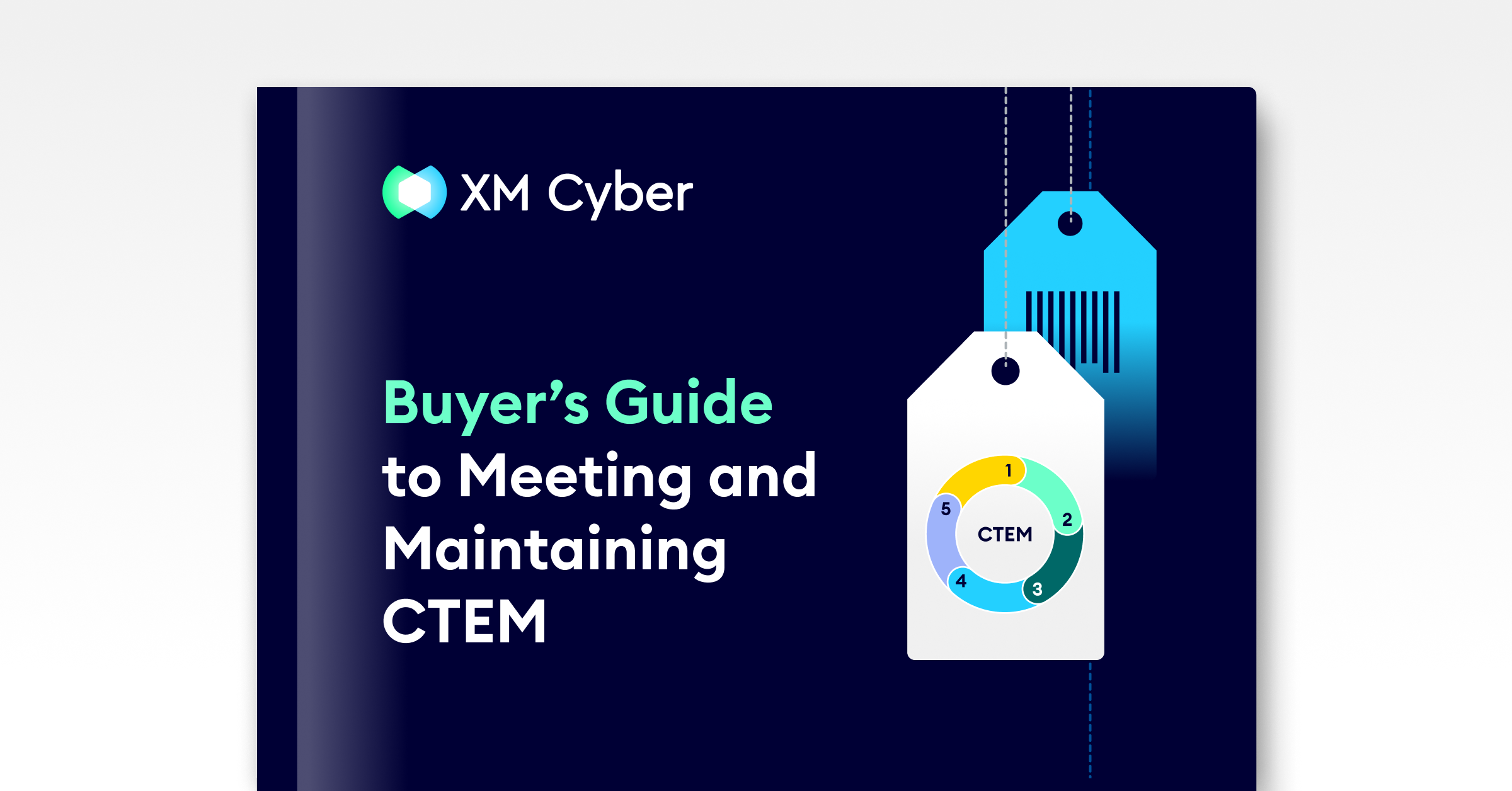Continuous attack modeling for real-time discovery of threats and security gaps without injecting malicious code
Building a resilient cybersecurity infrastructure with multiple security controls leaves organizations exposed and vulnerable with security gaps that form due to exposures from unmanaged activities like misconfigurations, shared credentials, and poor user activities. Cyber attackers use known vulnerabilities to get to your network and then lay low, looking for these security gaps to move laterally on their way to your critical assets.
XM Cyber’s graph-based simulation technology continuously discovers the attack paths that lead to critical assets, enabling full visibility into organizational security posture. This allows users to understand how vulnerabilities, misconfigurations, user privileges etc. chain together to create a cyber-attack path to compromise critical assets.
Looking for information on Breach and Attack Simulation (BAS) solutions? BAS is now part of the comprehensive Automated Security Validation (ASV) use case.

Solution Benefits

Use the attacker’s perspective for full network risk visibility

Continuously and safely test the cyber risk to your business

Save time and money by focusing resources on critical issues

Improve IT Hygiene across on-prem and cloud envrionments
Key Product Features

See the attack before it happens

Automated red teaming and penetration testing













